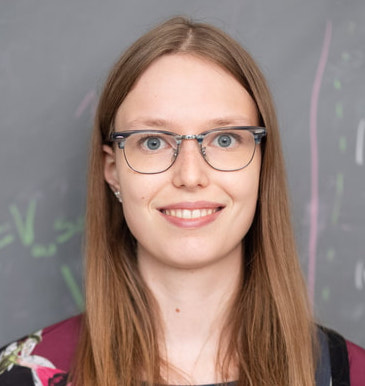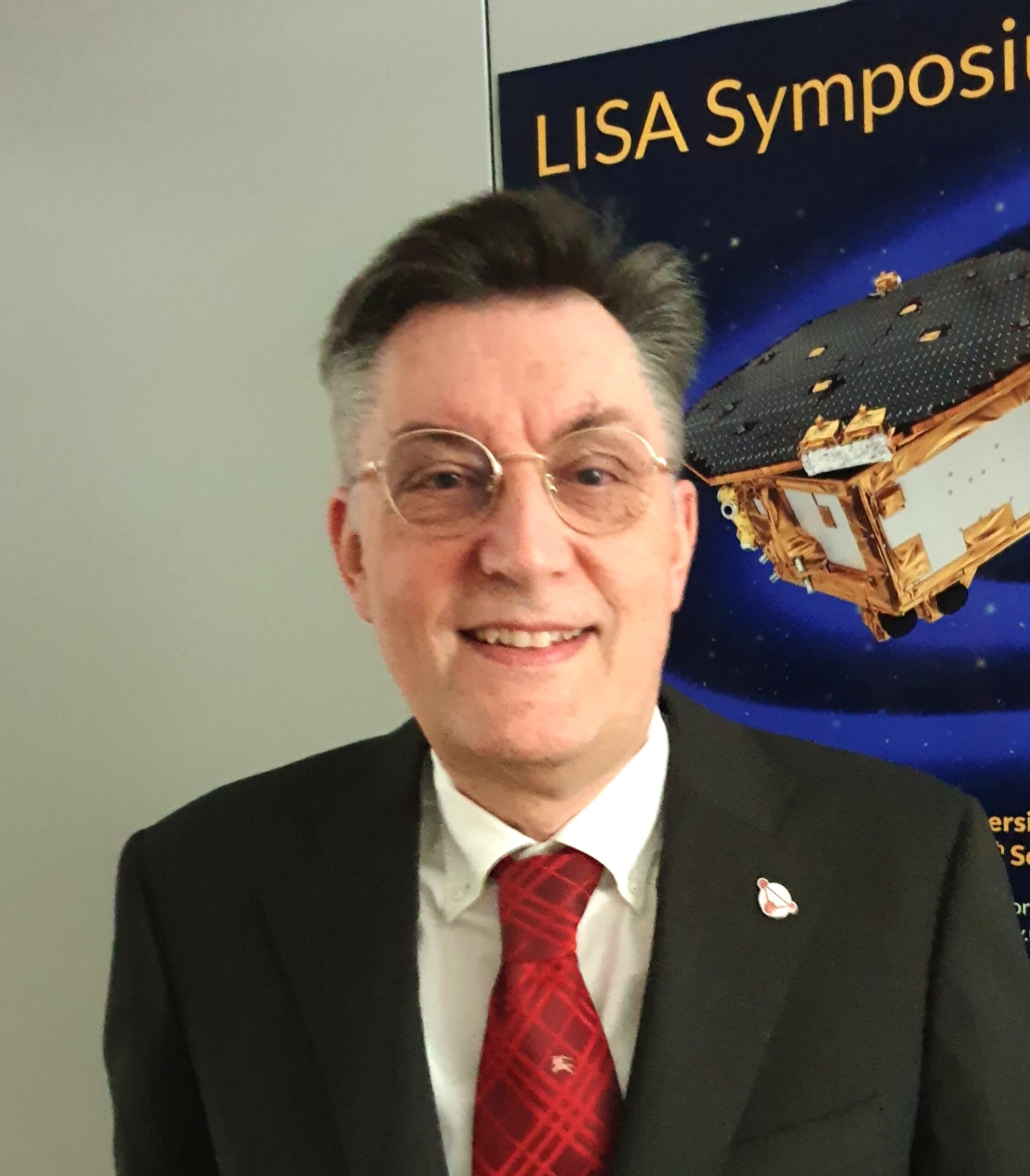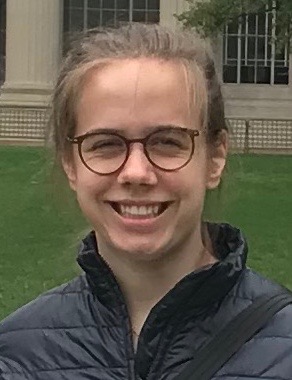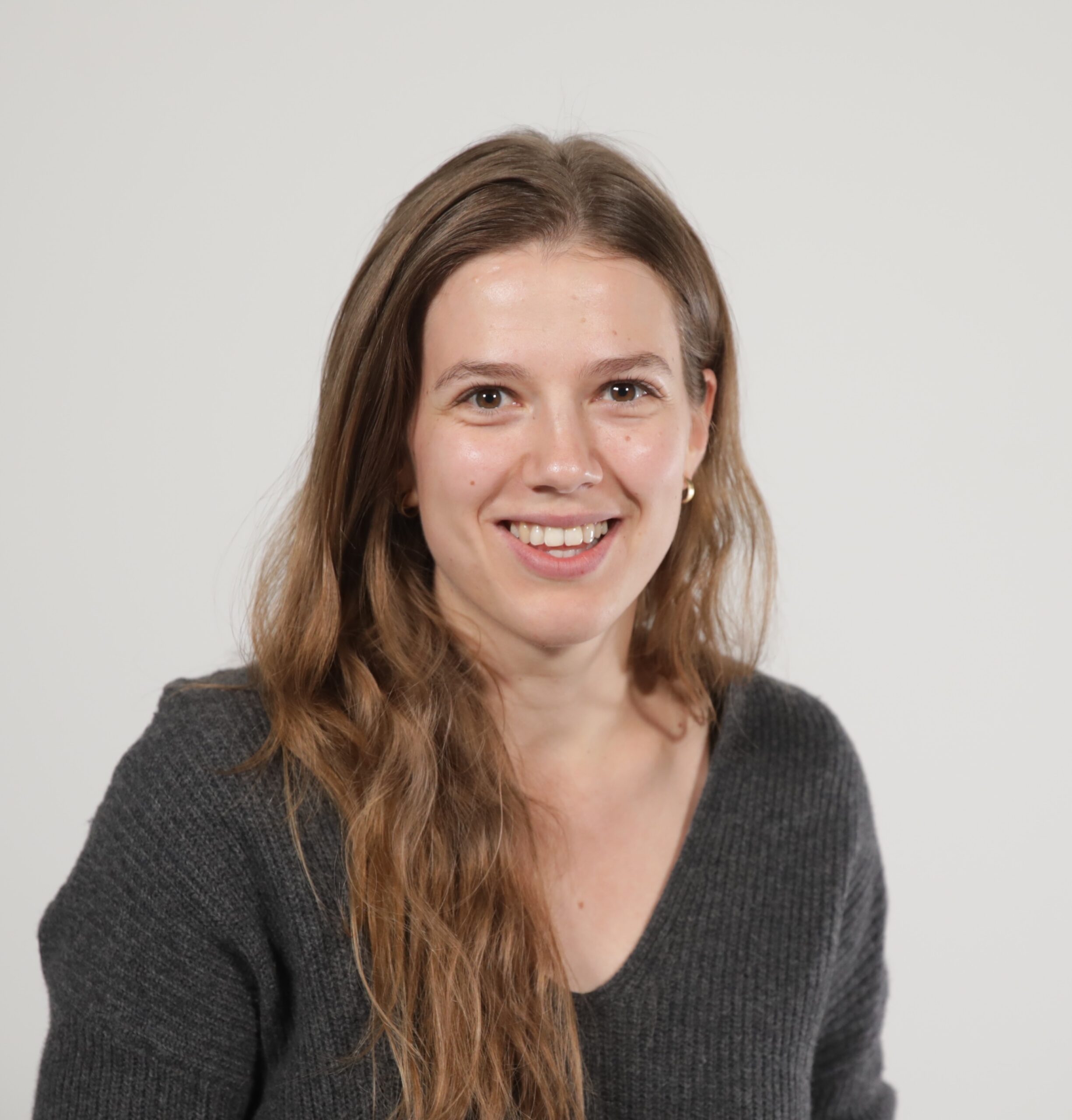Tag: ETH Hönggerberg HIT E 41.1
-

Student Talks
Leonardo Valente, MSc Physics at ETH Zürich Alexander Roth, MSc Physics at ETH Zürich, Research Assistant at Max Planck Institute for Quantum Optics Bartłomiej Leks, MSc Material Science ETH Zürich Decoherence in Quantum Reference Frames (Leonardo Valente): We explore the phenomenon of decoherence and how it changes under quantum reference frame (QRF) transformations. In particular,…
-

Ghost stories: from Faddev-Popov to Batalin-Vilkovisky
Orev Malatesta, PhD candidate with Cattaneo Group, University of Zürich Every gauge symmetry hides a ghost. What begins in quantum field theory as a computational fix – the Faddeev-Popov trick, which introduces extra “unphysical” fields called ghost fields to keep our path integrals well-behaved – evolves in BRST symmetry into a systematic algebraic framework where…
-

Indefinite Causal Order & Quantum Reference Frames
Dr. Viktoria Kabel, Quantum Information Theory Group at ITP, ETH Zürich In this talk, we will explore the interface between quantum theory and gravity through two lenses. The first lens is the study of indefinite causal order. While, classically, the causal order between two events is fixed – either event A happens before event B…
-

The BV/BFV formalism: tackling field theories with (graded) symplectic geometry
Dr. Filippo Fila Robattino, Postdoc at University of Zürich In this talk I will show how symplectic geometry is ubiquitously needed for the description of (the phase space of) different theories, starting from the familiar case of classical mechanics and moving on to more complicated field-theoretical examples such as Yang-Mills theories. In the second part…
-

When Thermalization Fails: Quantum Many-Body Scars in Lattice Gauge Theories
Dr. Joao Carlos Pinto Barros, Computational Lattice Field Theory Group at ITP, ETH Zürich The time dynamics of strongly correlated many-body systems is a notoriously challenging problem, with implications ranging from condensed matter to high-energy physics. Both numerical and analytical techniques remain scarce, limiting our understanding of how these systems evolve in time. The Eigenstate…
-

Flavour physics: open problems and recent developments
Prof. Dr. Gino Isidori, Theory of Fundamental Interactions Group at UZH What is the origin of the different masses for quarks and leptons is one of the big open questions in particle physics. I will briefly review this problem, illustrating its central role in achieving a deeper understanding of fundamental interactions. I will also outline…
-

Gravitational Waves: A New Window to Explore the Universe
Prof. Dr. Philippe Jetzer, Professor of Gravitation and Astrophysics at UZH The discovery in 2015 by the LIGO collaboration of the first gravitational wave signal from coalescing black holes, the detection of many more since than including also the coalescence of two neutron stars event, opened a new window to explore the Universe. I will…
-

Dynamical Phase Transitions in Opinion Dynamics
Freya Behrens, PhD student at EPFL The cavity method is a powerful tool from statistical physics that helps us understand complex systems made of many interacting parts, like spin glasses or social networks. Traditionally, it has been used to study the long-term behavior of these systems when they are in equilibrium. However, it is much…
-

Simulating Topological Condensed Matter Phenomena Using Topological Metamaterials
Caroline Tornow, PhD student at ETH Topological insulators behave like insulators in the bulk. At their edges, however, they possess stable, topologically protected conducting states. These characteristics were originally thought to be pure quantum effects. However, about a decade ago, Süsstrunk and Huber showed that they can also be observed in artificial, purely classical systems,…
-

Quantum Simulating Holographic Matter
Rahel Baumgartner, PhD student at University of Geneva I am going to present ongoing work on theoretical aspects of quantum simulations of a wide class of random disorder all-to-all interacting many-body quantum systems, with a primary focus on holographic states of matter such as the complex-fermion version of the Sachdev-Ye-Kitaev (SYK) model. We propose to…